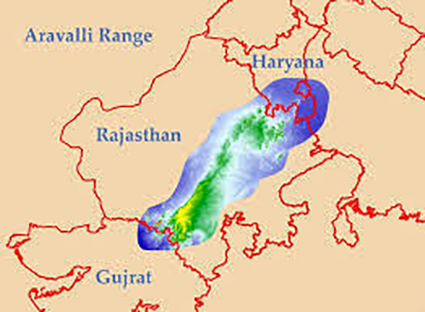Free Courses Sale ends Soon, Get It Now


Free Courses Sale ends Soon, Get It Now



Disclaimer: Copyright infringement not intended.
Context
Aravali Range
What is the significance of the Aravalli Range?
Challenges and Issues
Conclusion
https://epaper.thehindu.com/Home/ShareArticle?OrgId=GJD9P4S8P.1&imageview=0
© 2024 iasgyan. All right reserved